Part 1: Introduction to Crate Training Belgian Malinois
Understanding the Belgian Malinois Breed
The Belgian Malinois, also called the Dutch Shepherd, is a breed known for its vigilance and prowess, and has roots deeply embedded in herding dogs. These dogs are not just pets but partners, renowned for their intelligence, high energy, and strong work ethic. Despite their robust exterior, they are often misunderstood as being overly aggressive, when in fact, they are exceptionally loyal, trainable, and social; they love doing just about anything.
The Importance of Crate Training
Crate training is essential, providing a safe and secure environment for your Malinois. It’s a common misconception that crates are punitive; rather, they are a sanctuary for dogs, offering a personal space for relaxation and comfort. Proper crating can significantly ease the housebreaking process and is a cornerstone of responsible dog ownership. Learn more from the FurLyfe’s guide on crate training.
Why You Should Crate Train for Belgian Malinois
For the energetic Belgian Malinois, a crate is more than a space—it’s a haven of tranquility. It aids in reducing anxiety, especially when owners are away, and ensures safety during travel. A well-trained Malinois views their crate as a retreat, which is crucial for their well-being. The crate becomes a tool for behavioral modification, helping to manage the high energy levels characteristic of the breed. The benefits extend to dog lovers as well, offering peace of mind that their beloved pet is safe when unsupervised.
Preparing Your Home and Family for Crate Training
Choosing the right spot for the crate is crucial—it should be a quiet corner where the dog can observe family life but also retreat peacefully. Introducing the concept of crate training to family members ensures consistency, and good understanding, which is key to successful crate training. Establishing a routine early on helps the Malinois understand what to expect, providing them with the structured environment they thrive in.
Part 2: Practical Steps in Crate Training Your Belgian Malinois
Selecting the Right Crate
When selecting a crate for your Belgian Malinois, size and durability are paramount. These working dogs are known for their strength and agility, with adult males typically weighing between 60-80 pounds and females between 40-60 pounds.
The crate should be a sanctuary for your high-energy companion, so ensure it’s spacious enough for them to stand, turn, and stretch out without constraint. A 36-inch to 42-inch crates are often suitable for most adult Malinois, but always measure your dog and consider their individual size and activity level. Comfort is as important as size; outfit the dog crate itself with a sturdy dog bed to make it inviting. Below is a sizing chart for reference.
Introducing Your Belgian Malinois to the Crate
Introduce the crate gradually, making it a positive experience with treats and their favorite toys. Remember, puppies and young dogs may need time to acclimate to the crate. Open the door and let them explore at their own pace. Encourage them with soft, encouraging words when they show interest in the crate. For a deeper dive into positive reinforcement, explore this guide on effective crate training.
Establishing a Crate Training Routine
A consistent routine is the backbone of successful crate training, particularly for working dogs like the Belgian Malinois. Use basic obedience commands to associate the crate with a positive action. Establish a schedule for crating that aligns with your working dog’s natural sleeping and active cycles, which helps prevent separation anxiety. Remember, the crate is their resting place, not a place for punishment.
Crate Training Through the Dog’s Life Stages
Your Belgian Malinois will have different crate training needs as they grow. Puppies will need to be let out more often for potty breaks and may require overnight attention. As they grow, they can hold their bladder longer, and the crate can become a place they retreat to willingly. Adjust the crate size as your Malinois grows, ensuring they always have enough room. Keep an eye on their energy levels; a restless dog may need more exercise.
Troubleshooting Common Crate Training Challenges
If your Malinois begins barking or showing signs of distress, consider whether they’re getting enough exercise and mental stimulation. Address behavioral issues such as whining or reluctance to enter the crate by reassessing your approach and ensuring you’re not inadvertently reinforcing negative behaviors. For stubborn challenges, it’s wise to seek advice from a professional trainer.
The Role of Exercise in Crate Training
High energy breeds like the Belgian Malinois require a balance of physical activity and rest. Adequate exercise is essential to prevent resistance to the crate. Engage your dog in activities that provide both physical exertion and mental stimulation, ensuring they are tired and content when it’s time to rest in their crate.
Part 3: Benefits and Maintenance of Crate Training for Belgian Malinois
Understanding the Benefits of Crate Training
Crate training has numerous benefits and is a pivotal component in nurturing a well-behaved Belgian Malinois. It provides a sanctuary for your puppy, managing their high energy and behavioral issues, ensuring safety and a sense of security. Crate training your Malinois is not about confinement—it’s about creating a positive, personal space where they feel comfortable and calm.
The Crate as a Den: Instinctual Comfort for Dogs
Dogs, being natural den animals, are drawn to the comfort of enclosed spaces. A crate serves as a modern den, offering the same security that these den animals instinctively seek. For puppies and adult dogs, this space is a refuge from the chaos of daily life. It’s especially beneficial for a working dog like the Belgian Malinois, who often need a quiet, contained space after a day of work or training.
Crate Training and Separation Anxiety
Effective crate training can be a key strategy in preventing and managing separation anxiety in dogs. The crate becomes a symbol of comfort, teaching puppies to find solace in solitude. This is crucial for young dogs, who must learn to be independent and self-soothing in a home where human or pet companionship is not always available.
Long-Term Crate Training: Beyond the Puppy Years
The role of the crate evolves with your Belgian Malinois as they grow. It’s their personal spot during recovery from illness or surgery, and as they grow older, it continues to offer a sense of security and routine. The crate’s presence can be a constant in a dog’s life, providing comfort amid the inevitable changes that come with aging.
Integrating Crate Training with Your Lifestyle
Crate training is adaptable to various lifestyles, making it a versatile tool for dog owners. It’s particularly useful when traveling, moving, or introducing your pet to new environments. Having a familiar safe space can significantly reduce stress for your Malinois in unfamiliar settings.
The Role of Crate Training in Housebreaking
Crate training is an effective method for housebreaking, as dogs naturally avoid soiling their sleeping area. Here’s a step-by-step guide to using the crate for potty training:
- Establish a Routine: Set a consistent schedule for feeding, playtime, and potty breaks.
- Crate Time: After play and eating, place your puppy in the crate for a short period before the next scheduled potty break.
- Signal Recognition: Pay attention to your dog’s behavior indicating they need to go. Whining or circling can be such signals.
- Immediate Action: When these signals appear, take your dog to their designated potty area immediately.
- Praise and Reward: After your dog successfully goes potty outside, offer praise and a treat to reinforce the behavior. If they do not relieve themselves then put them back in the crate and try again later.
- Accident Management: If an accident happens, clean it up without punishment and continue the routine with consistency.
Transitioning Out of the Crate
As your Belgian Malinois matures and becomes more accustomed to your home and routine, you may find they need less time in the crate. This transition should be handled gradually, observing your dog’s behavior and readiness for more freedom.
Effective crate training can significantly contribute to a harmonious household and a content, well-adjusted Belgian Malinois.
Part 4: Practical Steps and Troubleshooting Crate Training
Step-by-Step Crate Training Guide
Embarking on crate training with your Belgian Malinois should be approached with patience and positivity. The initial step is to make the crate an inviting space. Equip it with a comfortable bed, perhaps a dog bed specifically chosen for its size and comfort, and include some of your Malinois’s favorite toys to create a welcoming environment.
Feeding Inside the Crate is a powerful method to establish a positive connection. Begin by placing their food bowl near the crate’s entrance and then, over subsequent meals, move it further inside. This gradual approach helps your Malinois associate the crate with the enjoyable experience of eating.
Incremental Duration in the crate is crucial. Start with brief periods while you are in the room, extending the time as your dog becomes more comfortable. This gradual increase helps prevent any anxiety or stress that might come from longer periods of isolation.
When you are home, practice Crate Training While at Home. This helps your dog understand that the crate isn’t a signal that they will be left alone. It’s important to spend time near the crate, offering treats and calm interaction to reinforce the crate as a safe and positive space.
Nighttime Crate Training can be a challenge, but consistency is key. Establish a bedtime routine that includes a calm period before sleep, a final potty break, and a quiet, dark environment for your Malinois pup to rest in their crate.
Troubleshooting Common Crate Training Issues
Whining and Barking can be challenging behaviors to navigate. It’s essential to discern whether these sounds are for attention, discomfort, or the need for a potty break. Responding to these needs appropriately without reinforcing negative behaviors is a delicate balance. Patience and consistency are key.
If your Malinois Refuses to Enter the Crate, it’s important to take a step back and assess the dog and situation. Have there been negative experiences associated with the crate? Rebuild the positive association with patience, using treats and favorite toys to entice them inside, and never force them into the crate.
Accidents in the Crate should be handled with care. Ensure that the crate is not too large, as a space that’s too big may encourage your dog to use one area as a bathroom. If accidents occur, clean them up without displaying anger or frustration, and reassess the frequency of potty breaks to prevent future incidents.
Ensuring Humane Crate Training Practices
Avoiding Over-Crating is essential. Your Belgian Malinois is an active breed that requires a balance of physical exercise, mental stimulation, and social interaction. Ensure that crate time does not replace other essential activities and interactions in your dog’s life.
Monitoring for Distress during crate training is crucial. Signs of stress can include excessive panting, drooling, or attempts to escape the crate. If these signs are observed, it’s important to reassess the training process and make necessary adjustments. The crate should always be associated with safety and comfort, not fear or punishment.
Advanced Crate Training Concepts
Preparing your dog for Crate Training for Travel involves familiarizing them with being in the crate in various settings. If your Malinois needs to be crated during travel, practice in a stationary vehicle first, then, crate train during short drives, gradually increasing the duration.
When using crates for recovery, such as after surgery or during illness, it’s important to maintain the crate’s positive association. Keep your dog comfortable with their favorite blanket and ensure they have access to water. Your presence and reassurance during this time are also vital.
Balancing Crate Time with Exercise and Play
The Importance of Physical Activity cannot be overstated, especially for a breed as active as the Belgian Malinois. Regular exercise outside the crate is essential for their physical and mental health. Similarly, Mental Stimulation within the crate is important. Offer a variety of toys, including puzzle feeders and chew toys, to keep your dog mentally engaged and to prevent boredom.
Transitioning to Free Roaming
Recognizing Signs Your Dog Is Ready for More Freedom is a gradual process. Look for consistent behavior, no accidents, and a calm demeanor when left alone for short periods. Begin by allowing your Malinois to roam freely in a small, dog-proofed area before granting access to larger areas.
The Crate as Part of a Daily Routine
Incorporating crate time into your dog’s daily schedule helps establish a sense of routine and normalcy. For those with a full-time job, it’s important to manage Crate Training and Work Schedules carefully. Consider a dog walker or a pet sitter to break up long days, ensuring your Malinois is not confined for extended periods.
Part 5: Long-Term Benefits, Ethical Considerations, and Maintenance
Long-Term Benefits of Crate Training
Crate training, when done right, offers a multitude of long-term benefits for you and your Belgian Malinois. It provides a safe and secure environment, acting as a personal haven for your dog. This personal space is crucial, especially for a breed known for its protective instincts and high energy levels.
The ease of travel with a crate-trained dog cannot be overstated. Whether it’s a short trip to the vet or a long vacation, your Malinois will feel at home in their crate. It’s also an invaluable tool in managing separation anxiety, offering a familiar and comforting space when you’re away.
For veterinary visits and recovery, a crate is indispensable. It ensures your dog has a safe place to recuperate without the risk of further injury. The crate also plays a significant role in behavioral management, preventing unwanted behaviors by providing a controlled environment.
Ethical Considerations in Using a Dog Crate
Understanding the canine needs of your Belgian Malinois is essential to ethical crate training. It’s about creating a balance, ensuring that the crate is not used as a substitute for exercise and interaction. Crate Training Myths vs. Facts often leads to misunderstandings; it’s important to educate oneself to dispel these common misconceptions.
Ensuring Proper Use of the crate means never using it as a punishment. The crate should always be associated with positive experiences, and your Malinois should enter it willingly. Proper use ensures that the crate remains a positive space, not a tool for confinement.
Maintaining Crate Training Through Life Stages
As your Belgian Malinois matures from a puppy to an adult, and eventually into their senior years, their crate training needs will evolve. Adjusting the duration and purpose of crate time is essential to match their changing energy levels and physical capabilities.
During senior years, your dog may require more comfort and shorter periods in the crate. And when facing household changes, like moving or introducing new pets, the crate can provide a sense of continuity and security for your Malinois.
Integrating Crate Training with Overall Training Goals
Crate training should be a part of your overall training goals, complementing basic obedience and training and reinforcing desired behaviors. It’s not an isolated task but an integral part of a holistic training approach.
Frequently Asked Questions About Crate Training a Belgian Malinois
Q: At what age should I start crate training my Belgian Malinois? A: Crate training can begin as early as 8-10 weeks of age. Starting early can help your puppy acclimate to the crate as a safe space.
Q: How long can my Belgian Malinois stay in a crate? A: The duration depends on the age and training level of your dog. Puppies should only be crated for an hour per every month of age, while adult dogs can stay in a crate for up to 8 hours, provided they have adequate breaks for physical activity and bathroom needs.
Q: Should the crate be used as a punishment for my Belgian Malinois? A: No, the crate should never be used as a form of punishment. It’s meant to be a safe and comfortable space where your dog can relax and feel secure.
Q: How can I make the crate comfortable for my Belgian Malinois? A: Ensure the crate is the right size, allowing your dog to stand, turn around, and lie down comfortably. Add a soft bed or blanket and consider including a favorite toy to make the space inviting.
Q: How should I introduce my Belgian Malinois to the crate? A: Introduce the crate gradually. Start by placing treats and toys inside to encourage exploration. Feed meals near the crate, and slowly increase the time your dog spends inside with the door closed.
Q: What if my Belgian Malinois barks or whines in the crate? A: Barking or whining can be a sign of discomfort or the need for a bathroom break. Ensure your dog has had enough exercise and a chance to relieve themselves before crating. If the behavior continues, consult a professional trainer for advice.
Q: Is it okay to crate my Belgian Malinois at night? A: Yes, crating at night can help establish a sleeping routine and ensure that your dog is safe and not getting into trouble. Make sure they have had enough exercise during the day and a chance to go to the bathroom before bedtime.
More Dog Breeds




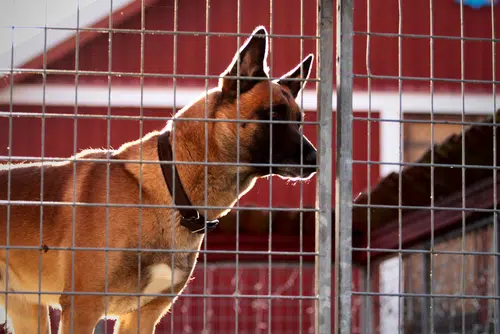
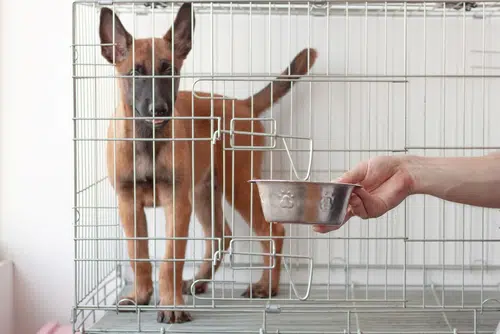
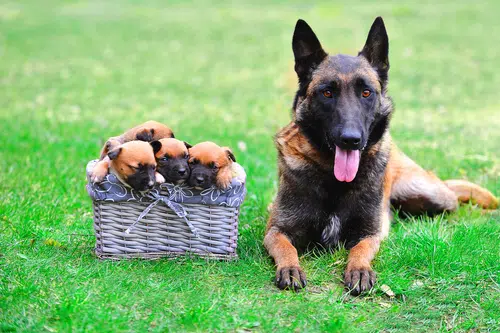
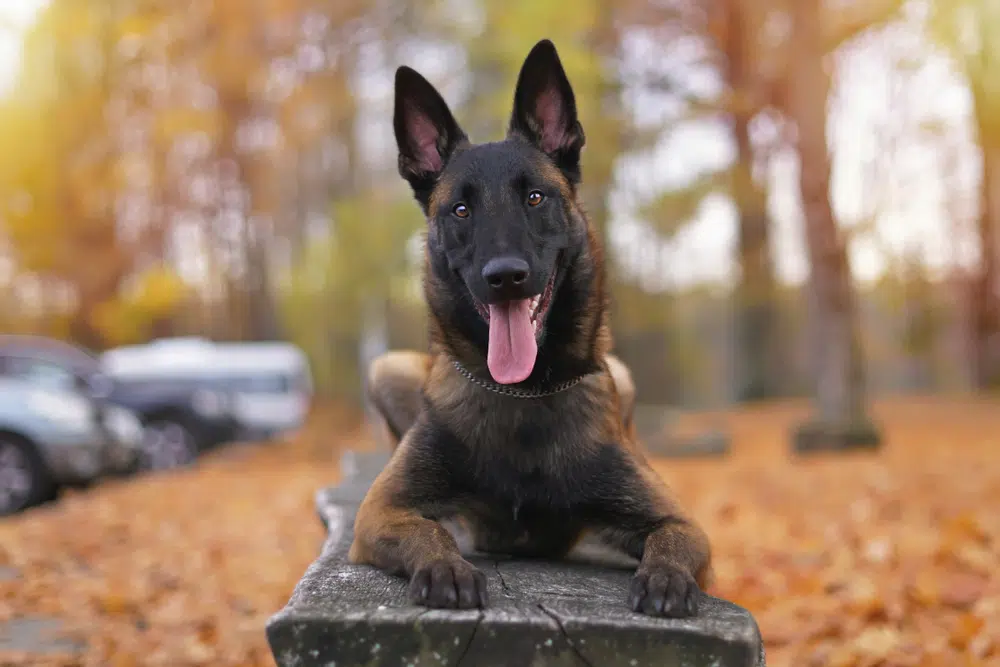
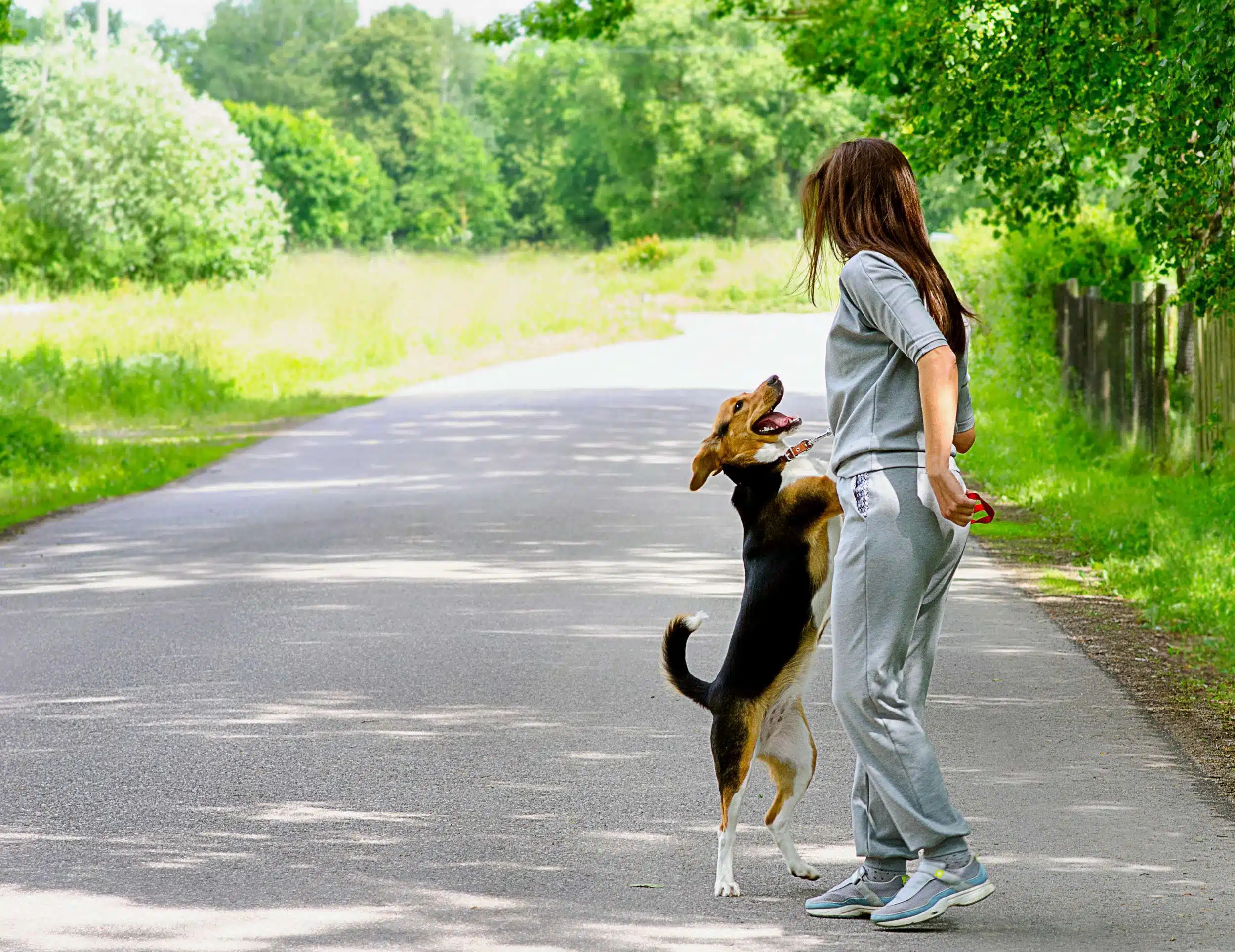


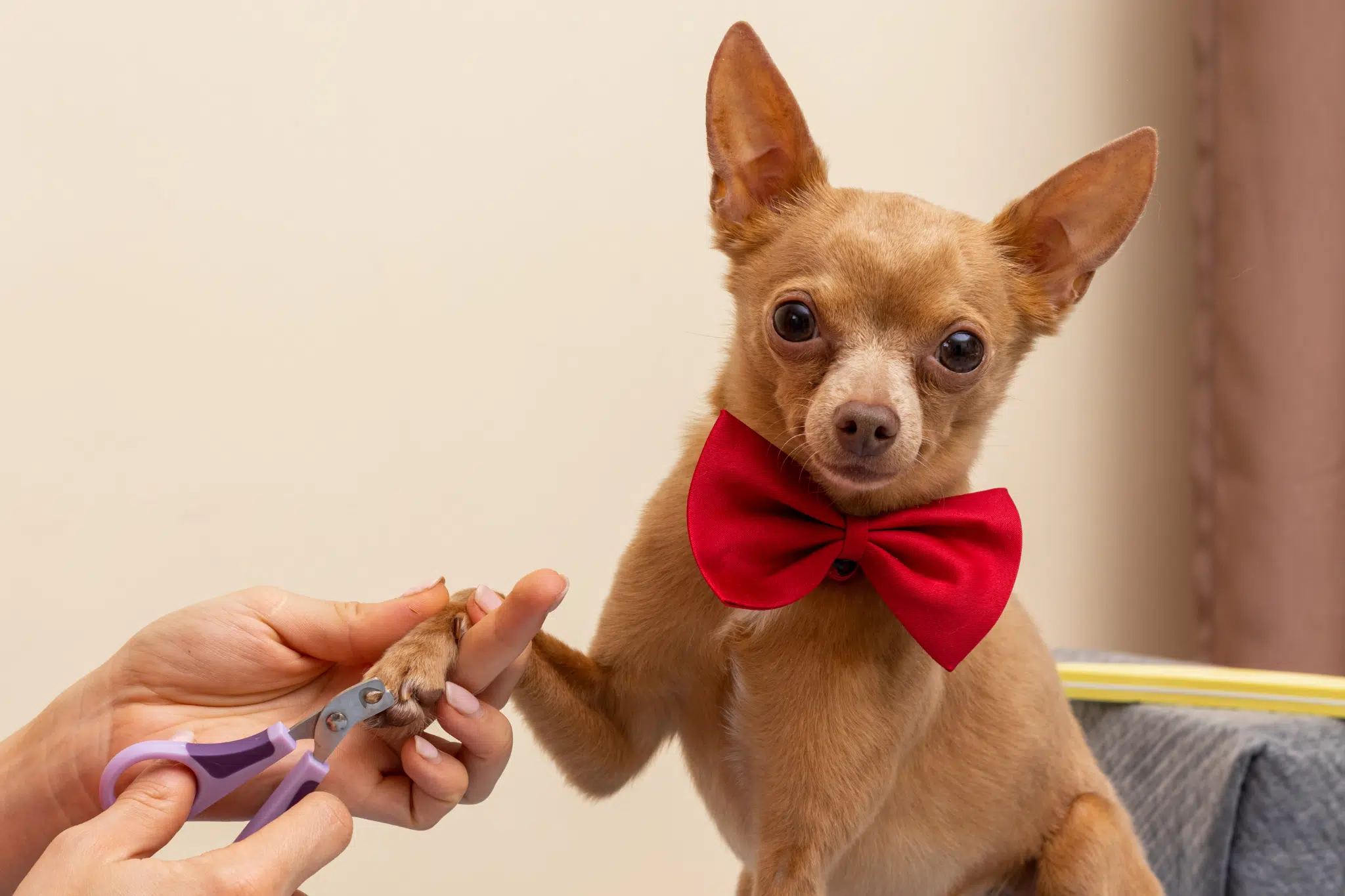

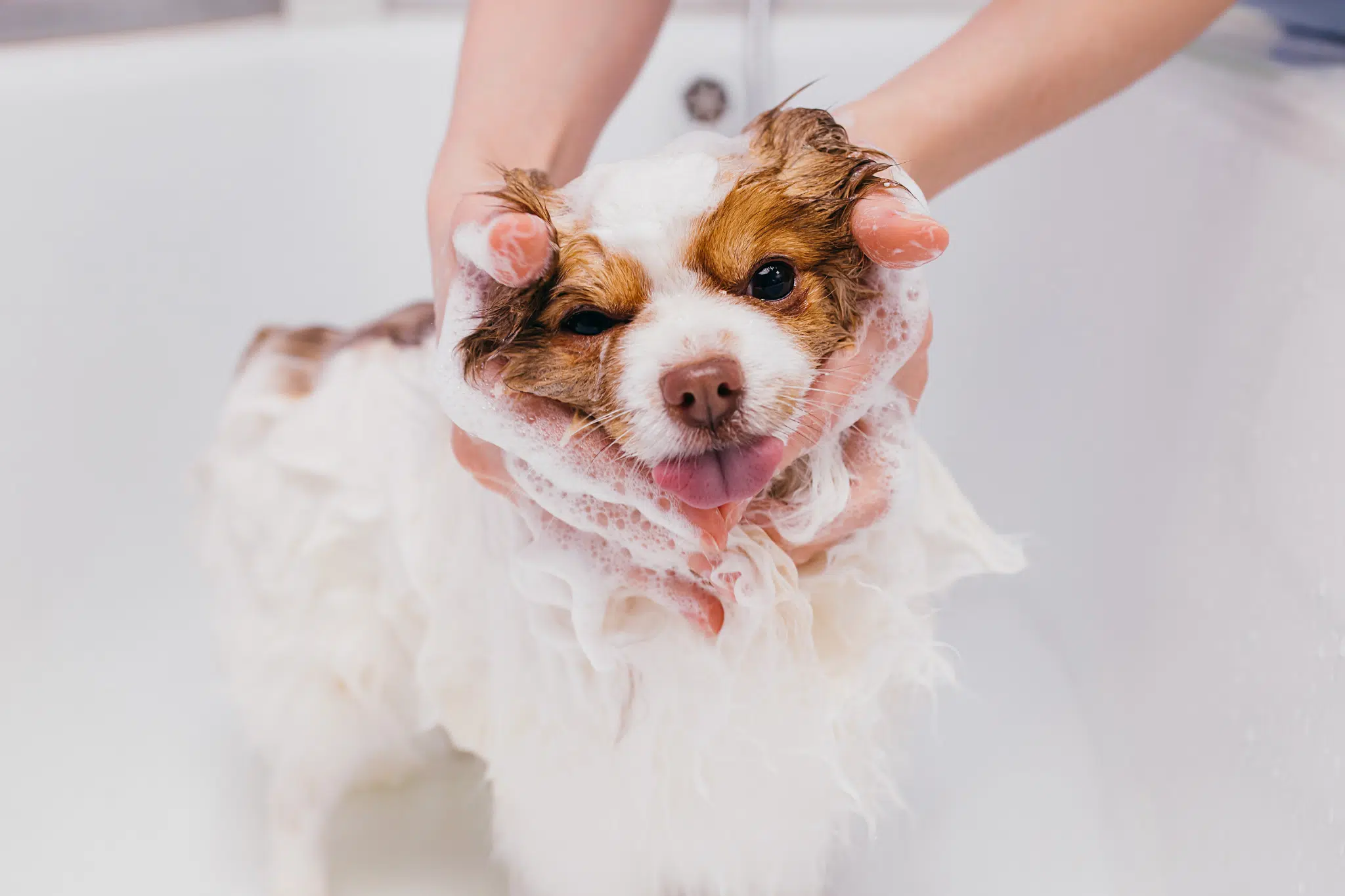
Get involved!
Comments